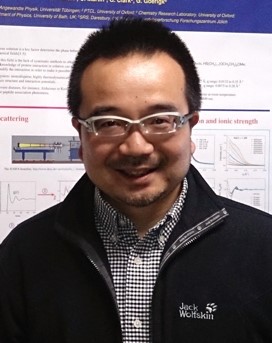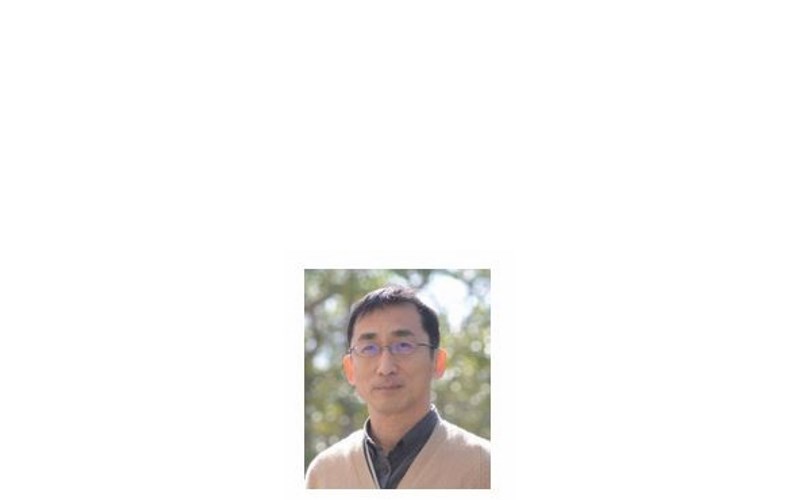今回、SDGs達成のために必須とも言えるビジネスのあり方について、既存企業だけではなく、現代の潮流のもと育った新進気鋭のスタートアップらの挑戦について語り、SDGs達成を推進するイベントが1月28日、都内で開催され岡山大学東京オフィス駐在で本学SDGs推進企画会議委員である佐藤法仁URA・副理事(企画・評価・総務担当)[内閣府科学技術政策フェロー]が登壇しました。
佐藤法仁URA・副理事は、「SDGsスタートアップが牽引する“誰一人取り残さない”世界の実現~価値ある発明でイノベーションを創造できるビジネスモデルをいかに創出するか~」と題して、「SDGsスタートアップ」という新しい枠組みのもと、発明とイノベーションを区別しつつ、それを橋渡し、社会に実装化するビジネスモデルのあり方について、特にSDGs達成のためのターゲットベースをもとにした点について具体例を挙げて紹介しました。
佐藤法仁URA・副理事は講演において、特に副題である「価値ある発明でイノベーションを創造できるビジネスモデルをいかに創出するか」という点について、「昨今、イノベーションが“技術革新”と誤解され、本来の意味である“価値創造”から離れつつある。イノベーションは価値ある発明のもとに成り立っており、その発明で社会を劇的に変革するビジネスモデルに落とし込み、社会に実装する、その過程を含めてイノベーションと言える。SDGsスタートアップは、共通言語であるSDGsという価値創造のタネをもとに事業を進めることができるため、ある点においてビジョンが見えやすいが、それが17のゴールとしていてはダメであり、17のゴールに紐づいている169のターゲットベースでの効果的なビジネスモデルを作成することが重要である」と強調。国内外で活躍しているSDGsスタートアップの具体的な取り組みや自身のこれまでの社会投資の経験から見える役立つ事例、特にSDGsに関係した「SDGs転換の実施」などについて紹介。講演後には参加者らと共に熱心にポジティブな意見交換が行われました。
岡山大学では引き続き教育・研究・社会貢献の面において、全学を挙げてSDGsを推進し、多様なステークホルダーとさらなる連携を深めていきます。さらにこれまで培ってきた岡山大学ならびに岡山の地での特色ある取り組みを継続しつつ、そこにいる多様なSDGs人材を用いて、国内外の産学官それぞれ分野への発信やプロジェクトの共創など、アカデミアの旗手として強力かつ、着実に推進していきます。
〇参考
・SDGs転換:アカデミアとSTI for SDGs 佐藤法仁URA・副理事がシンポジウム「SDGsを実現するためのイノベーション・エコシステム」に登壇(2018年7月11日)
・「社会貢献活動から本業へのSDGs転換 ~SDGsターゲットを明確にした事業構想~」について佐藤法仁URA・副理事が講演(2018年11月12日)
【本件問い合わせ先】
岡山大学リサーチ・アドミニストレーター(URA)室 [岡山大学東京オフィス]
TEL:03-6225-2905

SDGsスタートアップにおいて価値ある発明でイノベーションを創造できるビジネスモデルをいかに創出するかについて講演した佐藤法仁URA・副理事

岡山大学は、国連の「持続可能な開発目標(SDGs)」を支援しています。また、政府の第1回「ジャパンSDGsアワード」を受賞しています。
http://ura.okayama-u.ac.jp/topics/archives/20181112-%E3%80%8C%E7%A4%BE%E4%BC%9A%E8%B2%A2%E7%8C%AE%E6%B4%BB%E5%8B%95%E3%81%8B%E3%82%89%E6%9C%AC%E6%A5%AD%E3%81%B8%E3%81%AEsdgs%E8%BB%A2%E6%8F%9B-%E3%80%8D%E3%81%AB%E3%81%A4%E3%81%84%E3%81%A6%E4%BD%90%E8%97%A4ura%E3%83%BB%E5%89%AF%E7%90%86%E4%BA%8B%E3%81%8C%E8%AC%9B%E6%BC%94-2/

